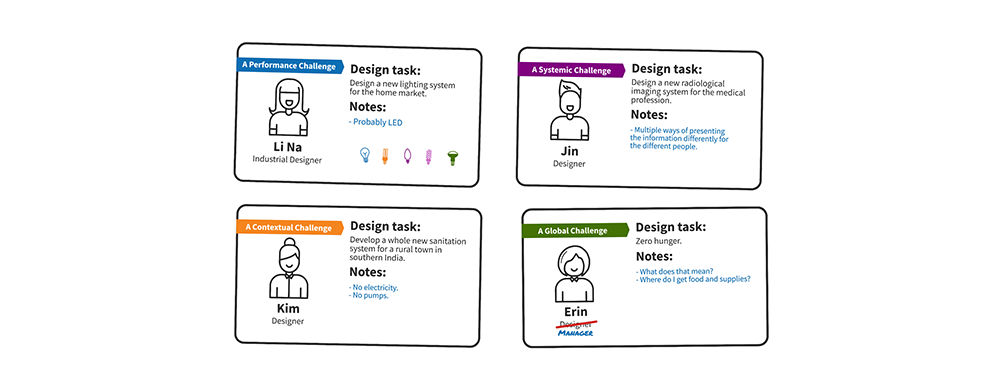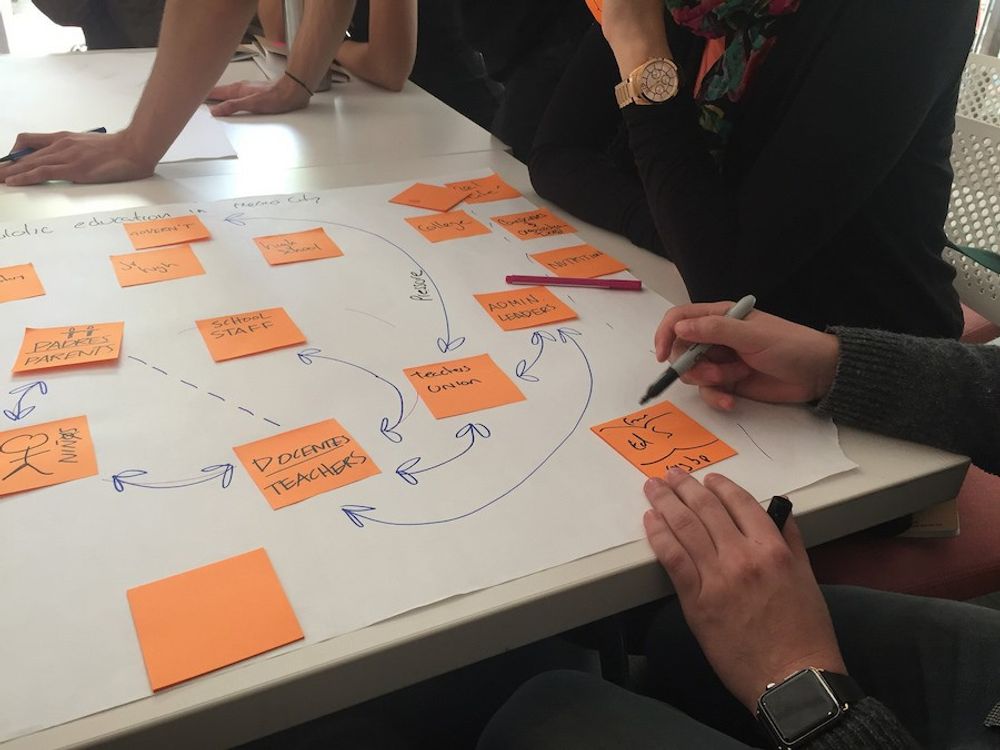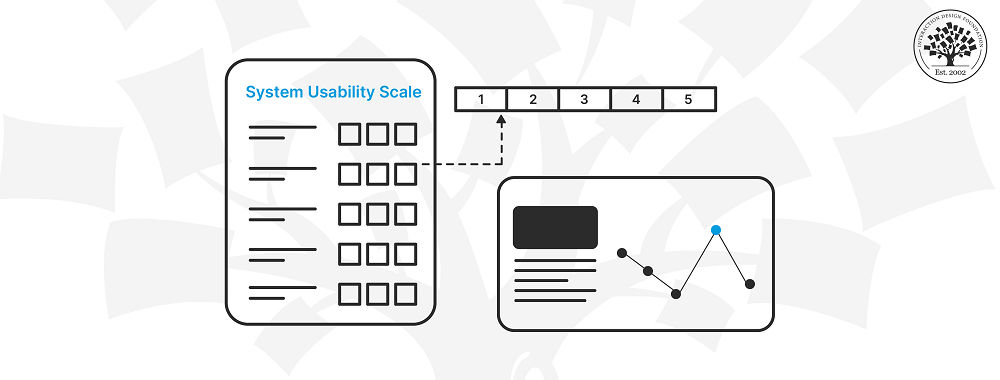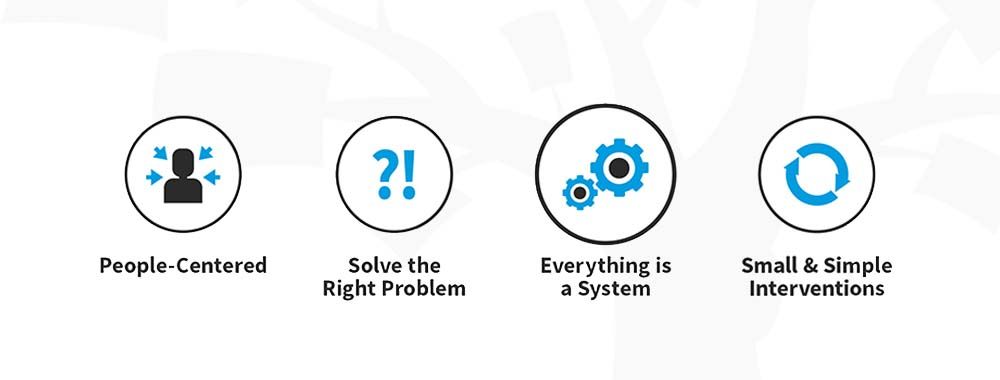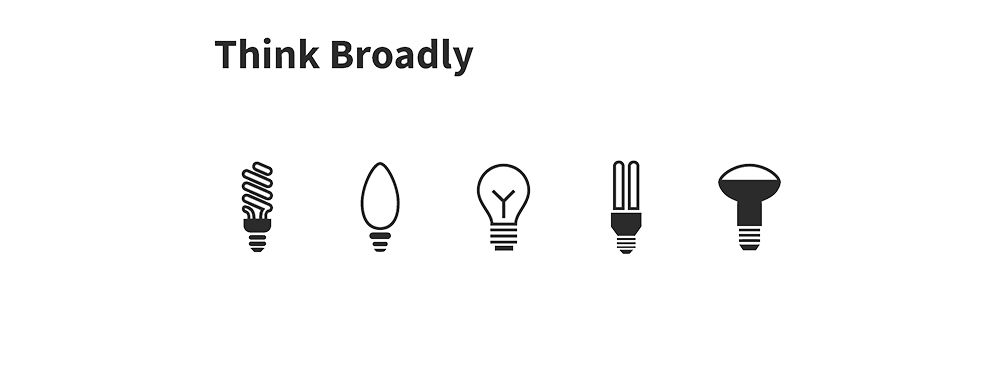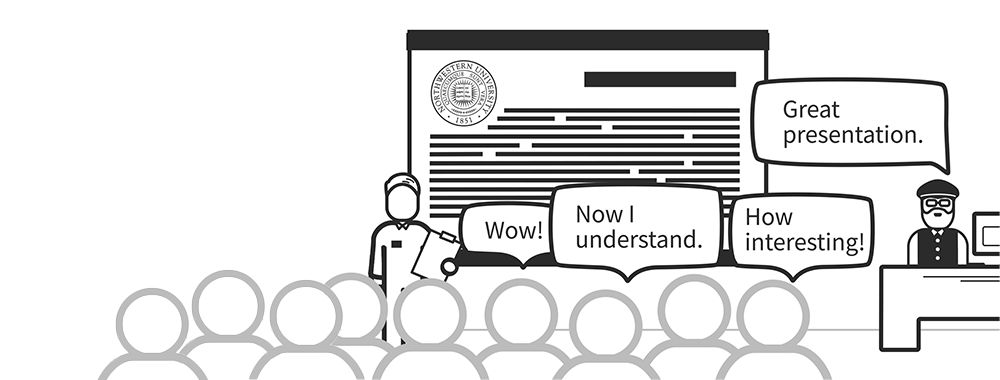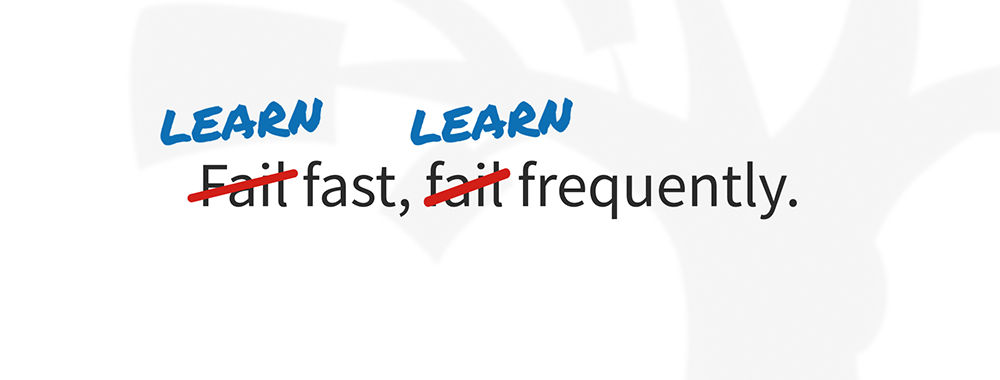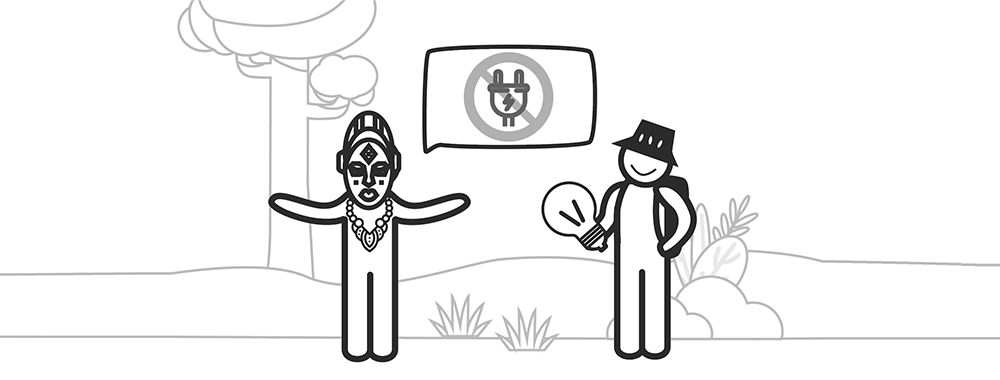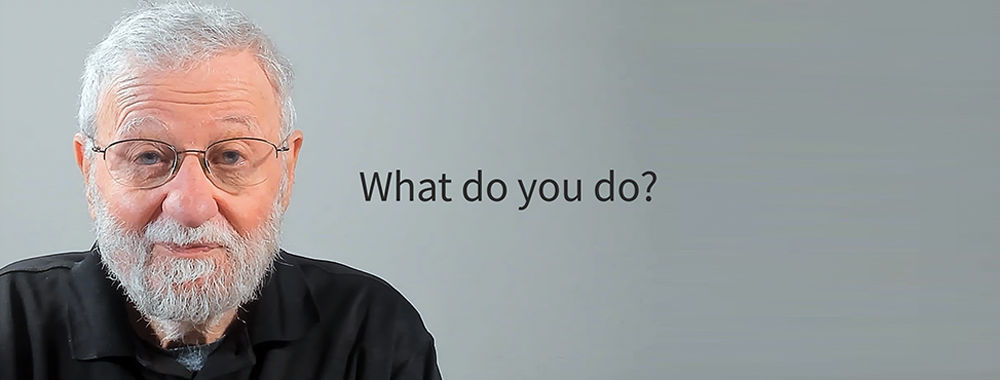What is the future of design? Which skills will you need in the 21st century? In this video, Don Norman gives four examples of the tasks that designers might be doing in the 21st century, and the four types of designers that will be needed.
“So there you are. Four different kinds of design problems, each of them requiring different skills and different change from the traditional design of designers of craft.”
— Don Norman: Father of User Experience design, author of the legendary book The Design of Everyday Things, co-founder of the Nielsen Norman Group, and former VP of the Advanced Technology Group at Apple.
Don Norman is trying to mobilize the current and next generations of designers to use their insights in design as a way of thinking to solve the world’s major societal issues. Those issues may be deep and complex, but the potential for effective solutions that can improve the lives of people across the planet is vast — and reachable if designers adopt this as the approach to tackle such troubles.
Which type of designer are you today? Which type of designer would you like to be? Please consider these questions as you watch the video.
Show
Hide
video transcript
- Transcript loading…
Video copyright info
Tongji University by Daniel Foster (CC BY-NC-SA 2.0)
https://www.flickr.com/photos/danielfoster/4792534618/in/photostream/4 Types of Designers We Need in the 21st Century
In the video, Don Norman gives four examples of the types of challenges designers are likely to face in the 21st century, and four different types of designers who can meet those challenges. This list of challenges, designer types and skills is not meant to cover everything, but to help you understand the range of possibilities for the future of design.
Performance Challenges
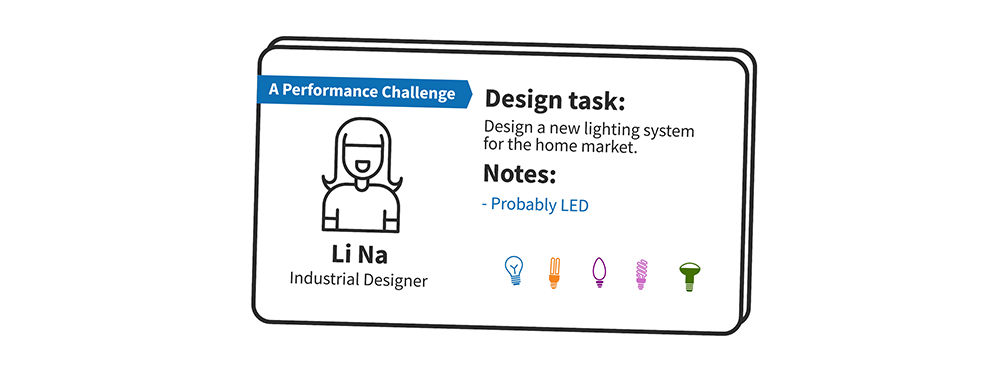
Persona: Li Na.
Task: Design a new lighting system for the home market.
Skills required: What would you need to know and be able to do:
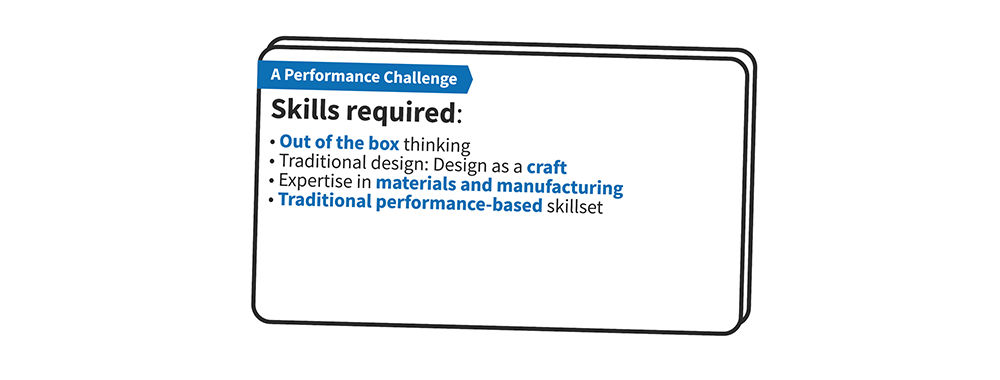
The first type of design challenge that Don Norman sees in the 21st century is what he calls a Performance Challenge. The task is to maximize the performance of products using new materials and new ideas for their form and function. It is a traditional design task, so Don argues that our traditional design education is well-equipped to teach designers the necessary skills, such as these:
“Out of the box” thinking
Traditional design: design as craft
Expertise in materials and manufacturing
Traditional performance-based skills
Systemic challenges
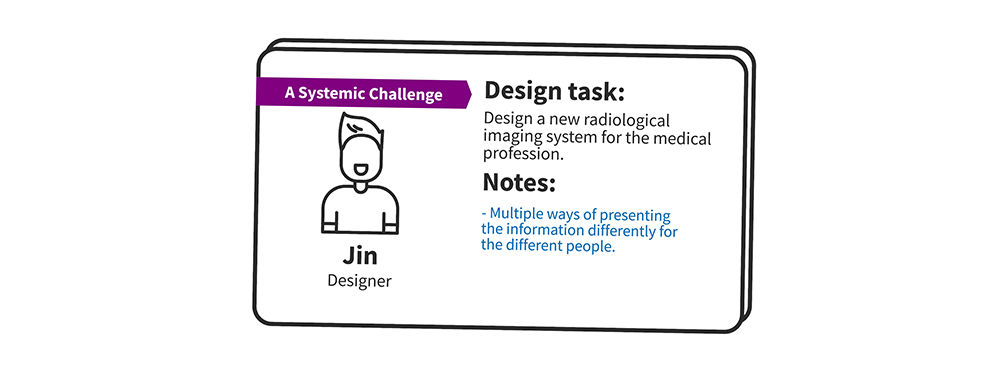
Persona: Jin.
Task: Design for the medical profession.
Skills required: What would you need to know and be able to do:
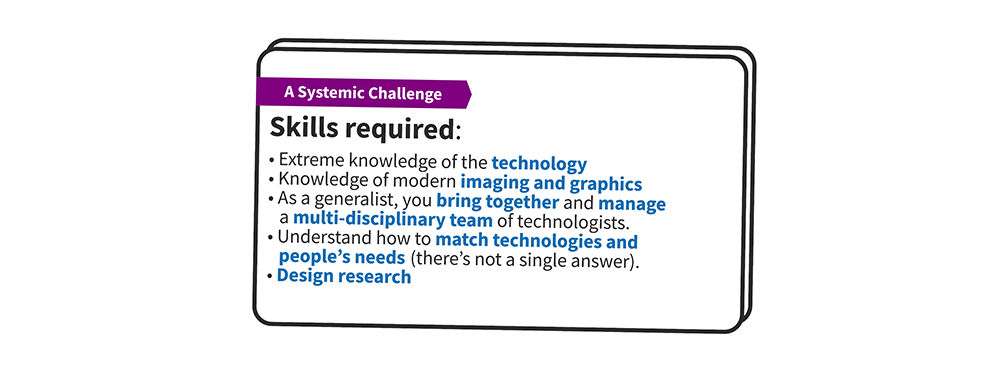
The second type of design challenge that Don Norman sees in the 21st century is what he calls a Systemic Challenge. In this case, the task is to design a complex product by bringing together experts in each of the technologies that are involved to create an outcome that serves the needs of multiple people who will use the different parts of the system. This is a much less traditional design task, and it requires that a designer can:
Match the technologies to multiple people’s needs.
Understand the underlying technologies.
Conduct design research.
Bring together and manage a multi-disciplinary team of technologists.
Contextual challenges
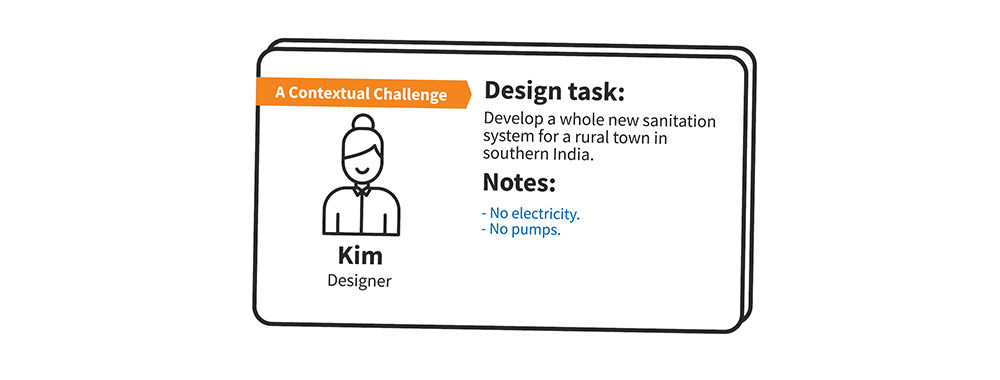
Persona: Kim.
Task: Develop sanitation system for southern India.
Skills required: What would you need to know and be able to do:
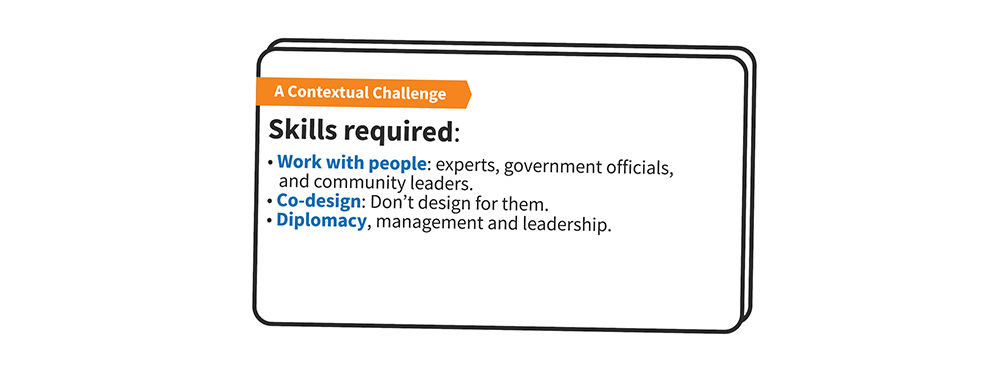
The third type of design challenge that Don Norman sees in the 21st century is what he calls a Contextual Challenge, where you must build something with local people so that they can use, maintain and improve it themselves. These sorts of challenges go far beyond traditional design, and may require that you build trust and navigate local resource constraints, institutional, political and cultural dynamics. This sort of challenging task requires that a designer can:
Work with many stakeholders including experts, government officials and community leaders.
Co-design solutions with local people.
Use diplomacy, management and leadership to facilitate cooperation between stakeholders.
Global challenges
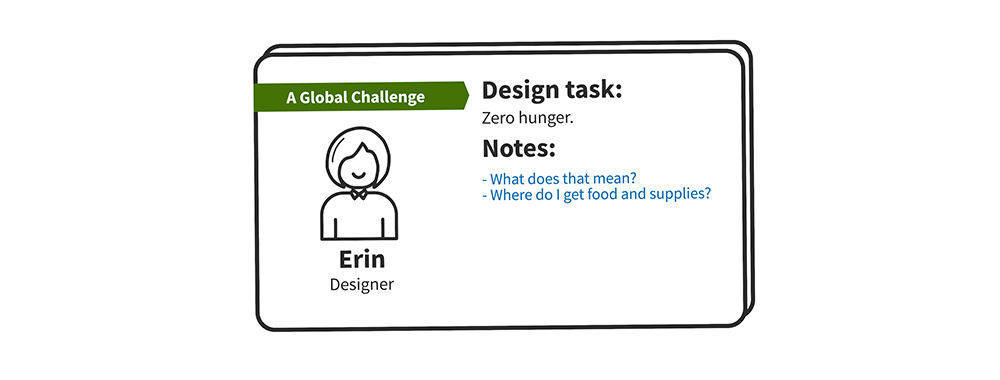
Persona: Erin.
Task: Heading a United Nations team: Social issue: Hunger.
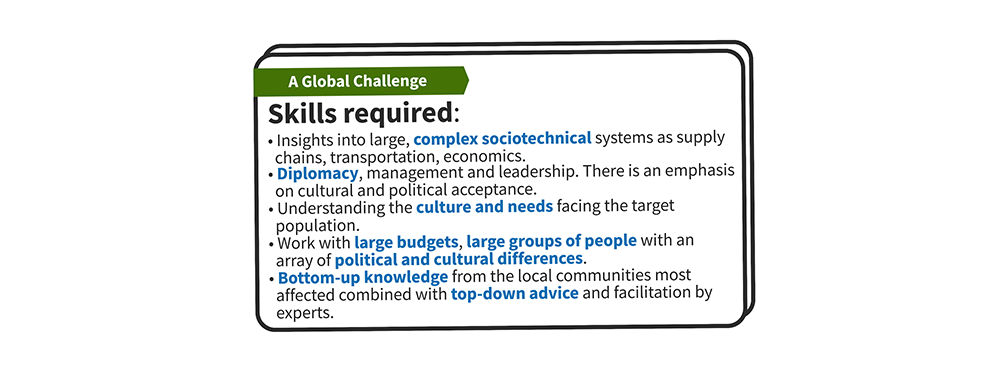

The 17 Global Goals for Sustainable Development.
© Jakob Trollbäck and The Global Goals, Fair-use
The fourth type of design challenge is what Don calls a Global Challenge, where you are taking on a large-scale design challenge like addressing one of the United Nations’ Global Sustainable Development Goals, consisting of poverty, hunger, education and 14 others. These challenges are very different from traditional design, and require that a designer can:
Understand large, complex socio-technical systems such as supply chains, transportation and economics.
Practice good diplomacy, management and leadership with an emphasis on cultural and political acceptance.
Understand the culture and needs facing the target population.
Work with large budgets, large groups of people with an array of political and cultural differences.
The Take Away
As design continues to include larger and more complex production, systemic, contextual and global challenges, we will need all four of the types of designers that Don Norman talks about. Each type will require slightly different education that will not necessarily have to happen in a design school.
Regardless of the type of 21st century challenge you will take on or the type of designer you are, Don Norman’s advice to you is the same:
“Remember to think in systems. Remember to always be learning. Remember to always be observing. Remember to always, always focus on the needs of the people you are designing for and use their creativity. You don’t have to have all the answers. Quite often the people you’re designing for have the answers. They just don’t know how to implement them properly.”
— Don Norman
References and Where to Learn More
Norman, Don and Meyer, Michael. Changing Design Education for the 21st Century.
She Ji: The Journal of Design, Economics, and Innovation 6, page 13-39. 2020
Norman, Don. Changing Design Education for the 21st Century, 2020
Ready to shape the future, not just watch it happen? Join the Father of UX Design, Don Norman, in his two courses, Design for the 21st Century and Design for a Better World, and turn your care for people and the planet into design skills that elevate your impact, your confidence, and your career.
Hero image: © Interaction Design Foundation, CC BY-SA 3.0
